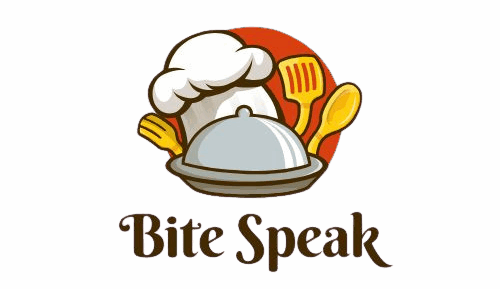5 Civil War Dishes Better Left in the Past And 10 Time-Tested Recipes Still Worth Serving
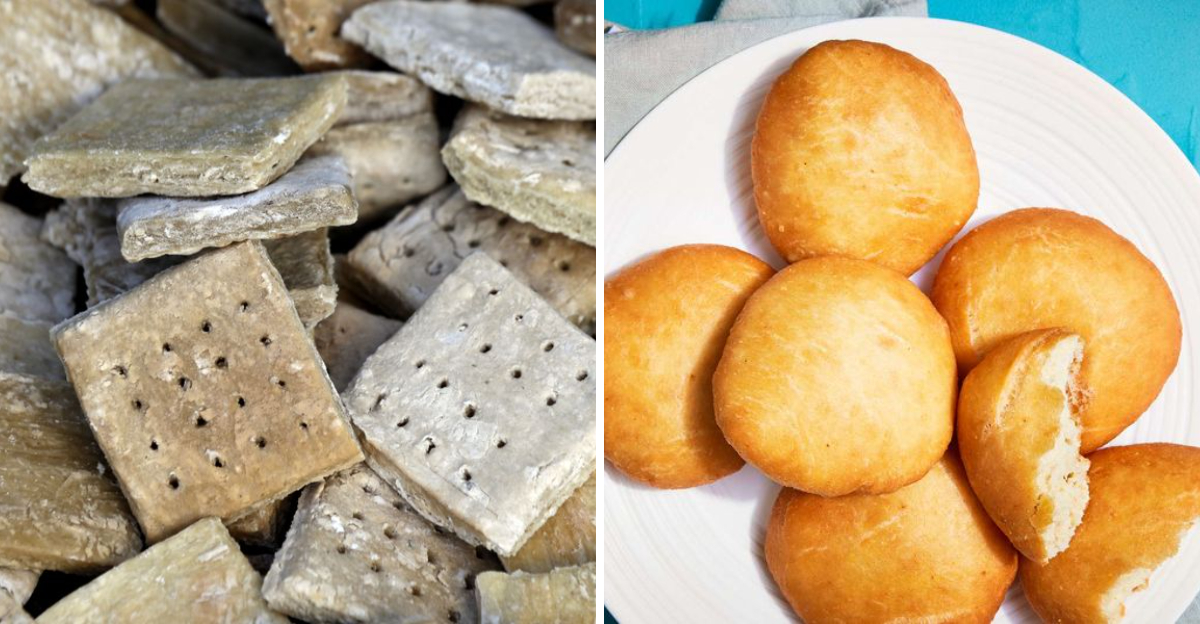
Some Civil War-era dishes were pure wartime survival food—bland, dense, or downright odd by today’s standards. But others have stood the test of time, evolving into beloved classics still enjoyed at dinner tables across the U.S. Here are 5 Civil War dishes best left in the past, and 10 time-tested recipes that are still worth making today.
1. Hardtack
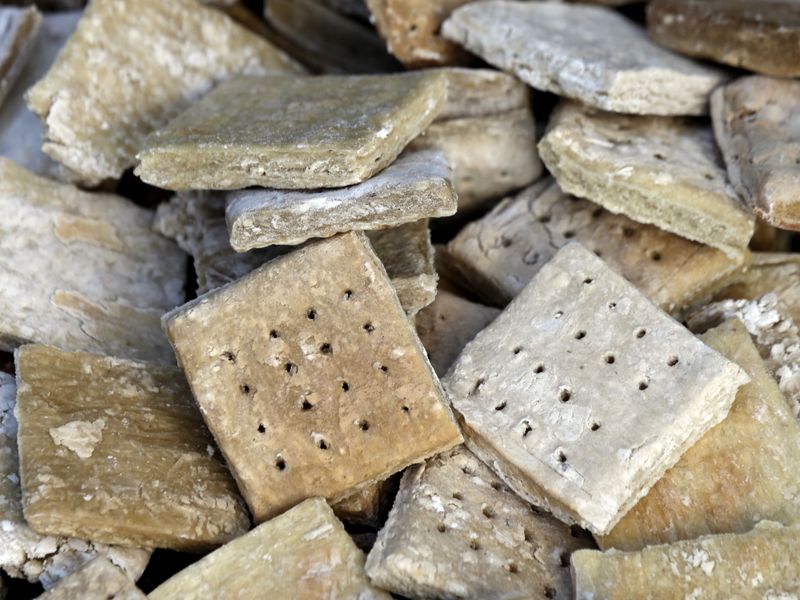
Imagine biting into a cracker so hard it could break a tooth. Hardtack, a staple for Civil War soldiers, was made from just flour and water. Its toughness was legendary, often needing a good soak in coffee or soup before soldiers dared to chew. Hardtack was designed for durability, not flavor, able to last for years if kept dry. While it provided necessary sustenance, its enjoyment was questionable. Unlike today’s savory crackers, hardtack was a product of necessity rather than culinary delight.
2. Slapjack
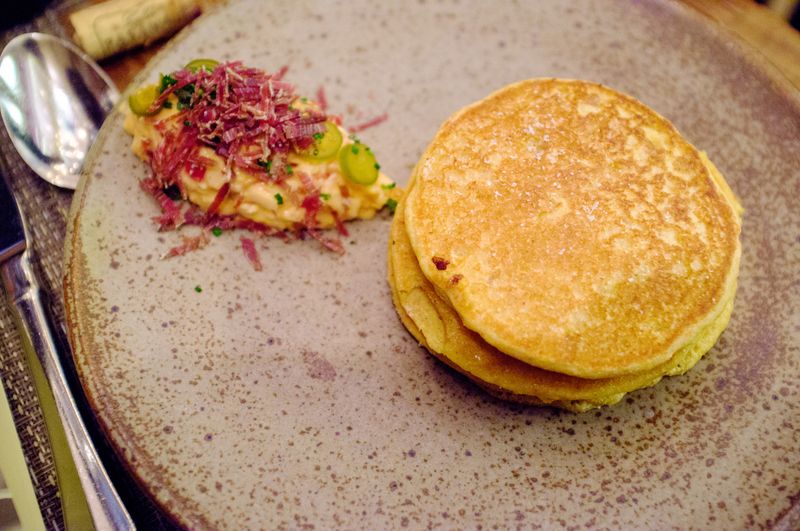
Slapjack was a pancake that missed the memo on fluffiness. Made with just flour, water, and bacon grease, it lacked the lightness we associate with breakfast today. Soldiers consumed these chewy disks, more out of necessity than pleasure. Without leavening agents, slapjacks were dense and heavy, offering little more than quick calories. Today, pancakes have evolved into delightful breakfast treats with a variety of flavors and textures, a far cry from the simplicity of slapjacks.
3. Desiccated Vegetables
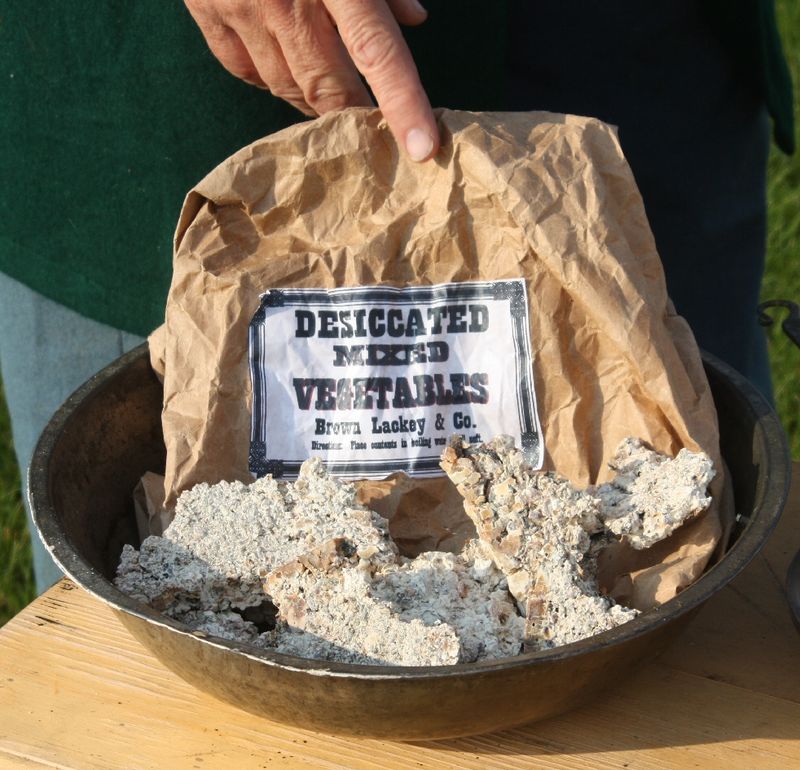
Desiccated vegetables were the soldier’s solution to scurvy, albeit an unappealing one. These were compressed vegetable bricks designed to be rehydrated for nutrient intake. However, the texture was often unpalatable, and the taste earned them the nickname “desecrated vegetables.” Soldiers consumed them for nutrition rather than enjoyment. Today, we appreciate fresh or frozen veggies for their flavor and health benefits, far removed from this wartime fare.
4. Cold Pork Fat on Bread
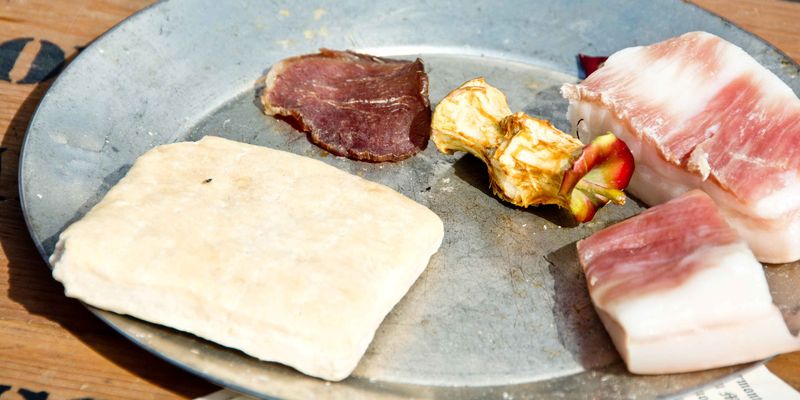
Delving into cold pork fat on bread, one finds an era where calories were king. Soldiers often resorted to slices of fatback slapped onto bread, a high-calorie snack in dire times. This combination was more about survival than satisfaction. Today, we savor cured meats and artisanal breads, reflecting how far culinary arts have developed. This dish was a testament to the resourcefulness and resilience of soldiers when rations were scarce.
5. Coffee Substitute (Burnt Corn or Chicory Root)
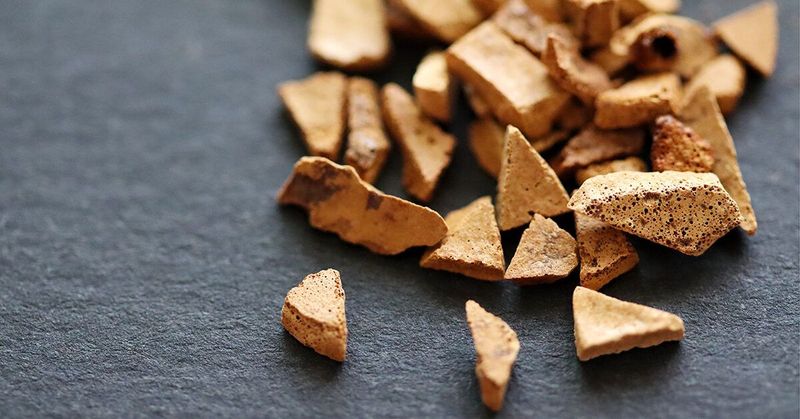
When coffee was scarce, soldiers turned to burnt corn or chicory root as substitutes. This concoction was caffeine-free and offered bitterness without the comfort of a real brew. While it mimicked coffee’s dark hue, the taste left much to be desired. Today, coffee culture has exploded with countless varieties and flavors, making the Civil War’s substitutes a relic of the past. The resourcefulness shown remains commendable, even if the flavor was forgettable.
6. Cornbread
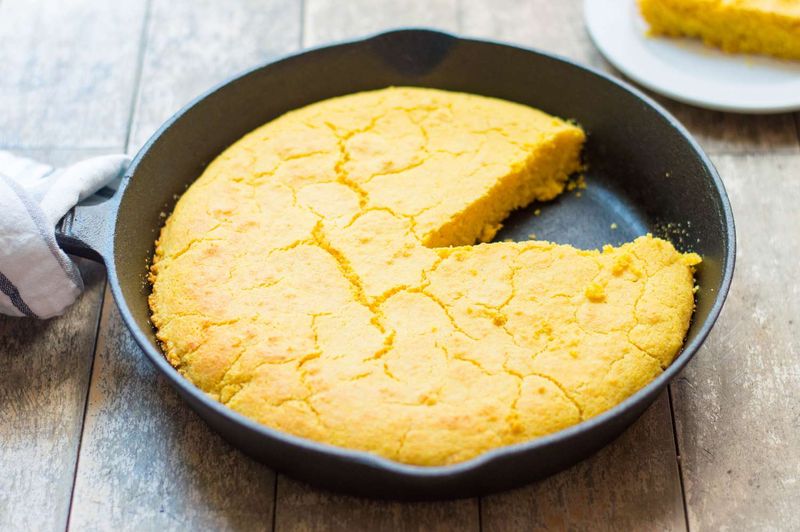
Cornbread, a time-honored staple, graced many tables during the Civil War. Its simplicity made it a favorite among soldiers and civilians alike. Unlike hardtack, cornbread offered a comforting texture and flavor, often enhanced by buttermilk and eggs in modern recipes. Its versatility allows it to accompany various dishes, from chili to barbecue. Today, cornbread remains a beloved Southern classic, showcasing how traditional recipes can evolve into timeless favorites.
7. Chicken and Dumplings
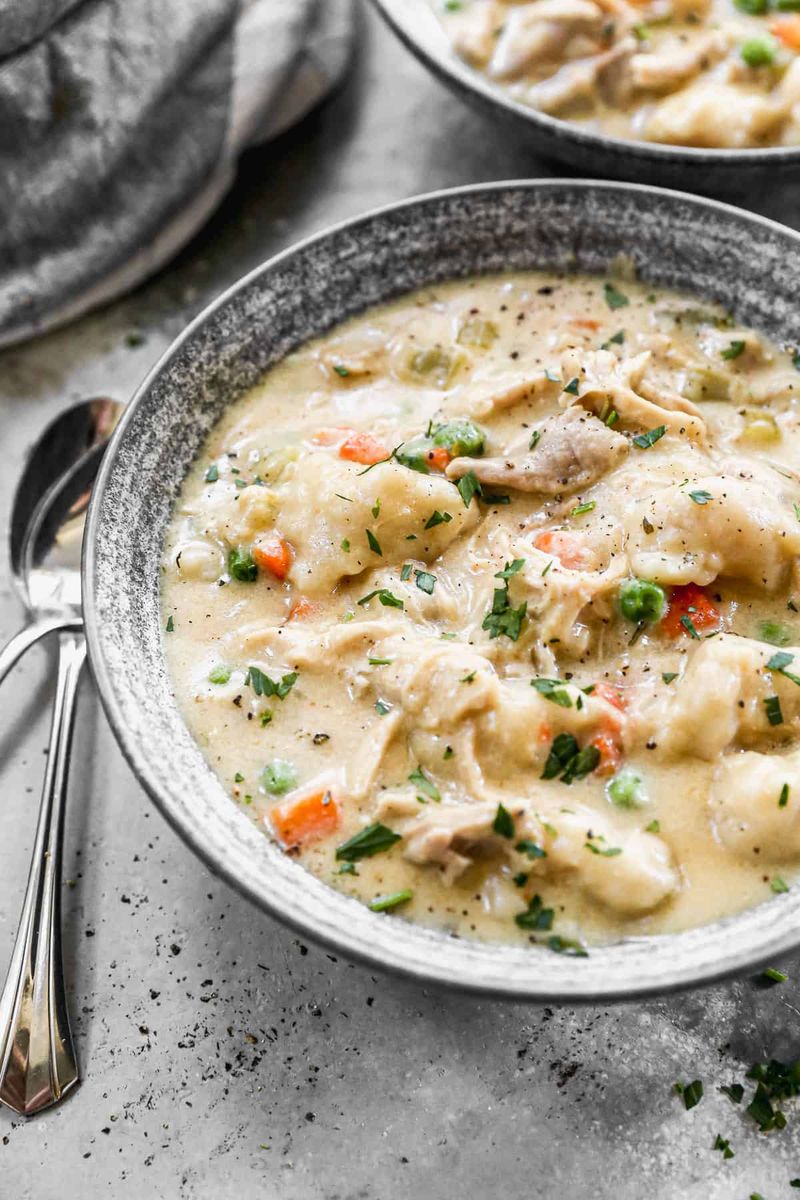
The essence of comfort food, chicken and dumplings, dates back to the Civil War era. This dish combined tender chicken with soft dumplings, all swimming in savory broth. Its simplicity and heartiness have transcended time, evolving into a beloved family meal. Today’s versions boast richer broths and a variety of vegetables, enhancing both flavor and nutrition. This dish exemplifies how humble origins can lead to culinary classics enjoyed across generations.
8. Bean Soup
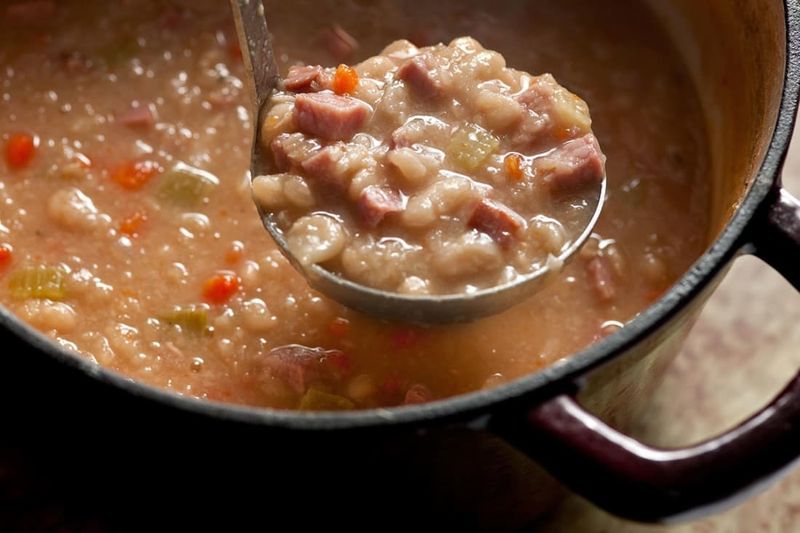
Bean soup, particularly Navy Bean Soup, remains a comforting dish that has endured since the Civil War. Soldiers found solace in its warmth and nutrition. While the original was basic, today’s versions offer more depth with added vegetables and meats like ham. Its association with the U.S. Senate dining room only adds to its storied past. Bean soup continues to warm hearts and bellies, a testament to its timeless appeal and adaptability.
9. Apple Butter
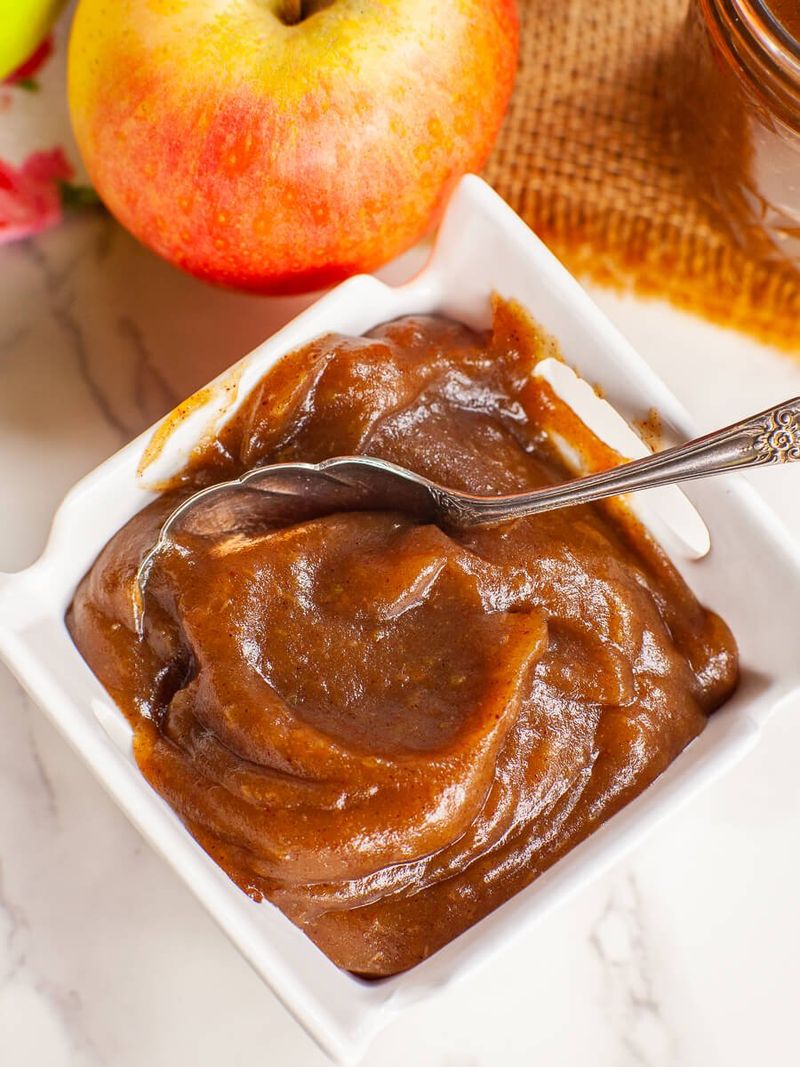
Apple butter, a product of patience, was a means to preserve the apple harvest long into winter. Slowly cooked with cinnamon and cloves, it offered a sweet and spiced spread for bread or biscuits. Today, apple butter continues to be a favored condiment, appreciated for its depth of flavor and versatility. Its ability to transform simple snacks into delightful treats showcases why it remains a kitchen staple.
10. Molasses Cookies
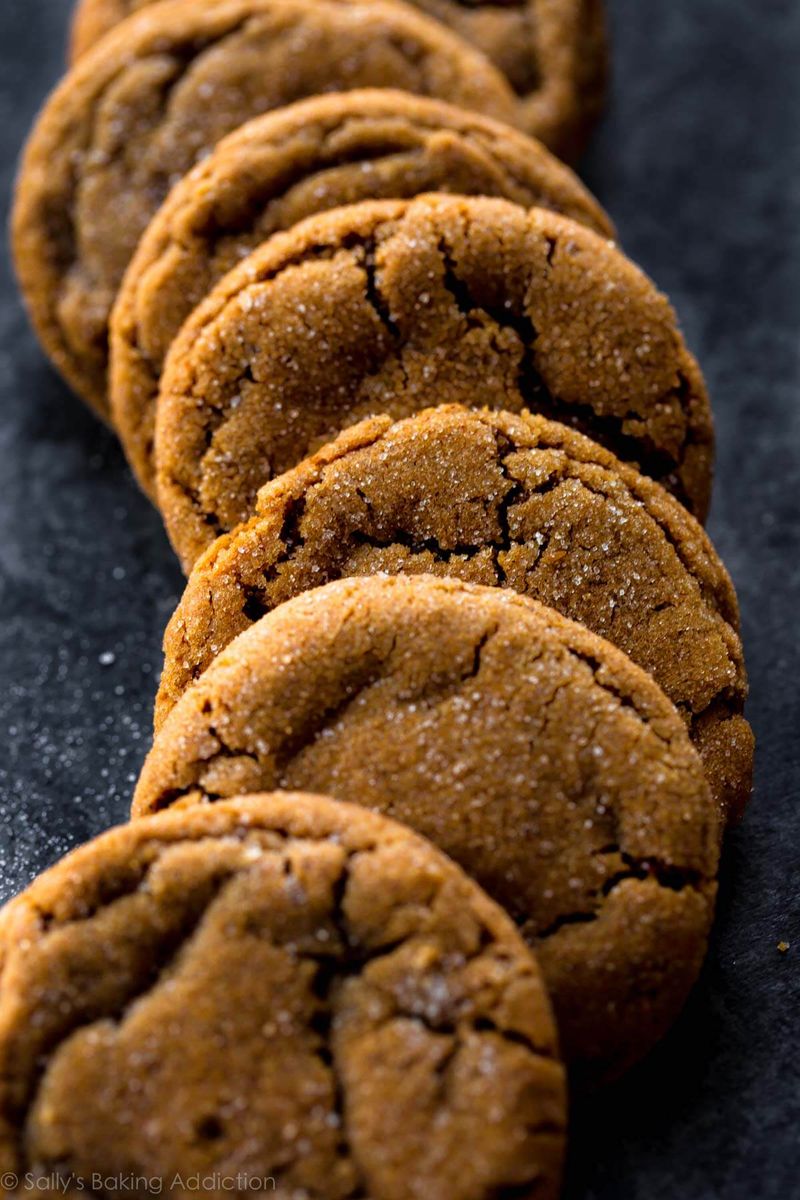
Molasses cookies, renowned for their long shelf life, were Civil War treats that brought comfort to soldiers. Today, they are cherished for their soft, chewy texture and rich flavors of ginger and cinnamon. These cookies have journeyed from simple wartime sweets to modern classics enjoyed year-round. Their ability to evoke nostalgia while delighting taste buds explains why they’ve remained firm favorites across generations.
11. Johnnycakes
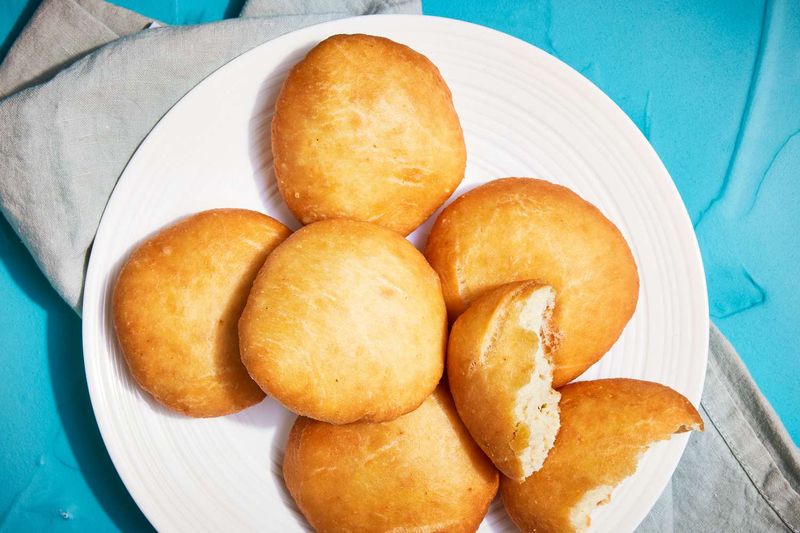
Johnnycakes, a humble cornmeal flatbread, were easily cooked on griddles or stones during the Civil War. They provided sustenance with minimal ingredients. Today, johnnycakes are often served with butter or maple syrup, transforming them into delightful breakfast or side dishes. Their simple, rustic charm has allowed them to endure, showcasing how tradition can blend with modern tastes to create enduring favorites.
12. Cabbage Slaw

Cabbage slaw, a refreshing side dish, has its roots in Civil War times when raw cabbage was tossed with vinegar or sour cream. Its shelf stability made it a practical choice. Over time, slaw has become a barbecue staple, often enhanced with carrots or onions for added flavor. Its crisp, tangy nature complements rich, smoky meats, illustrating how simple dishes can evolve into essential accompaniments.
13. Roast Chicken
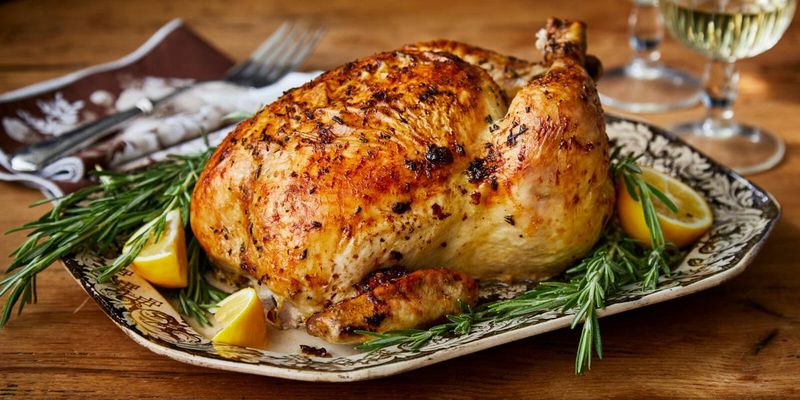
Roast chicken, while a rare treat for soldiers, was a cherished dish for civilians during the Civil War. The art of roasting has become a cornerstone of culinary tradition, with countless recipes enhancing the bird’s natural flavors. Whether served with herbs or accompanied by vegetables, roast chicken remains a timeless classic. Its simplicity allows it to be a centerpiece that never fails to impress, keeping it a beloved choice for family meals.
14. Rice Pudding
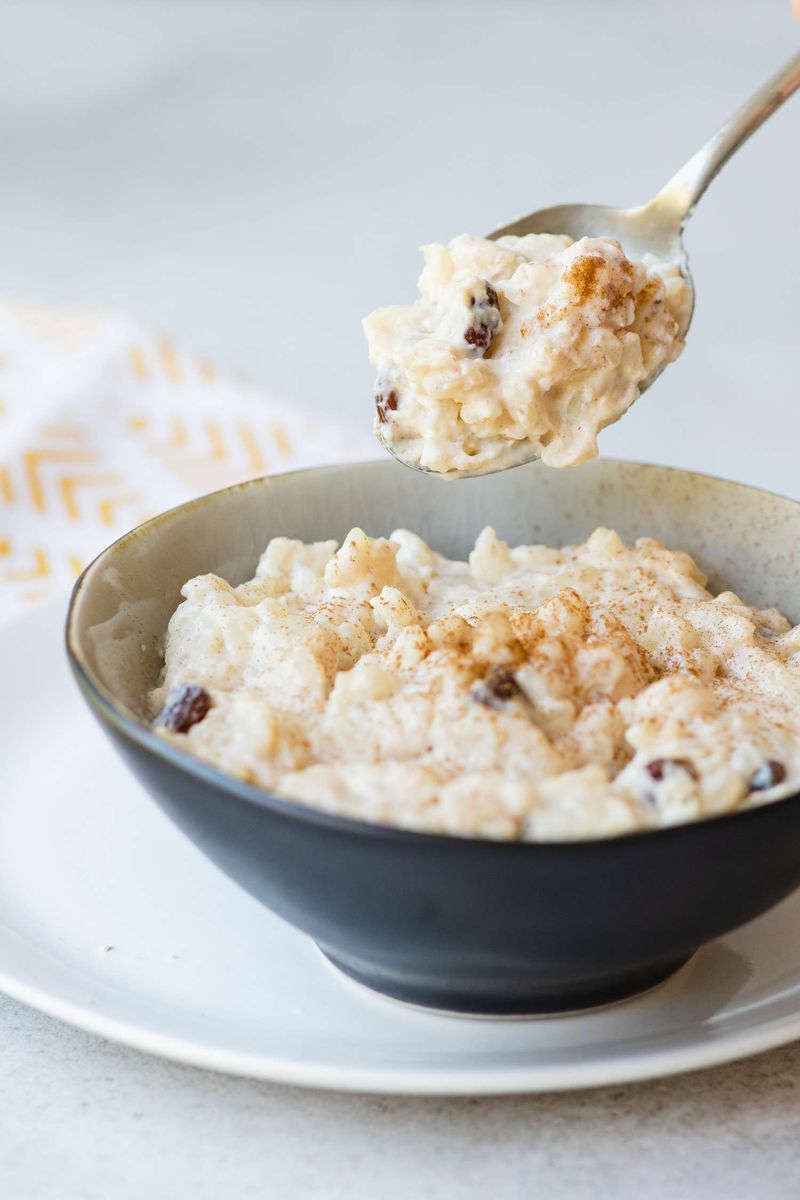
Rice pudding, a comforting dessert from the Civil War era, blends rice, milk, cinnamon, and raisins into a creamy bowl of warmth. Its simplicity and satisfying nature have allowed it to endure as a quintessential comfort food. Modern variations might include nutmeg or vanilla, adding layers of flavor. This dessert’s ability to evoke nostalgia while offering coziness explains its continued presence in many homes.
15. Gingerbread
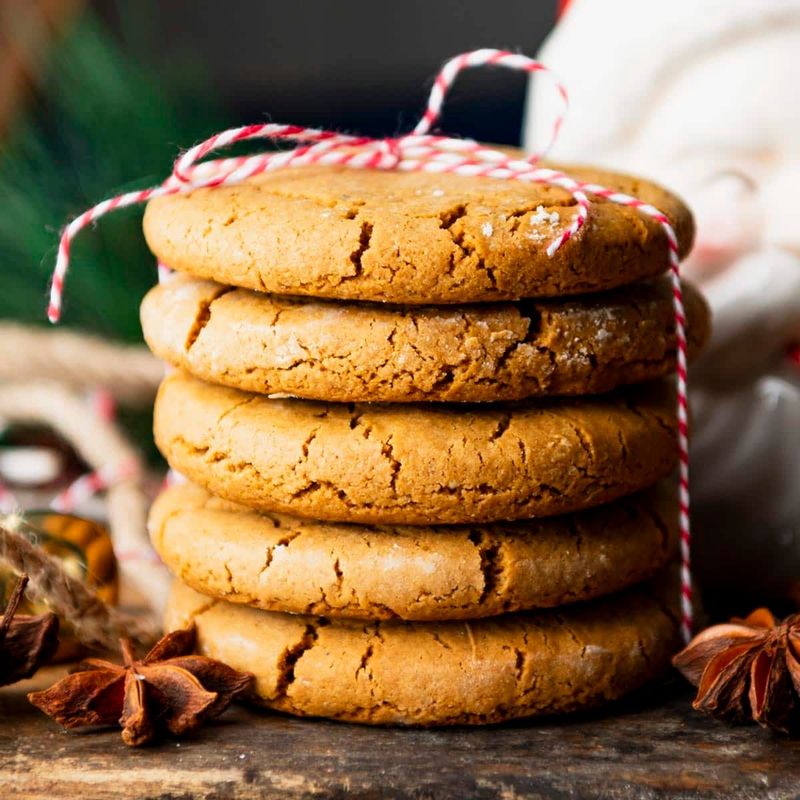
Gingerbread, made with molasses and spices, was more than just a wartime treat. It offered soldiers a taste of home and warmth. Today, gingerbread is celebrated during holidays, often accompanied by whipped cream or lemon sauce. Its dense, rich flavor and fragrant spices make it a perennial favorite, demonstrating how traditional recipes can adapt and thrive in modern kitchens.
